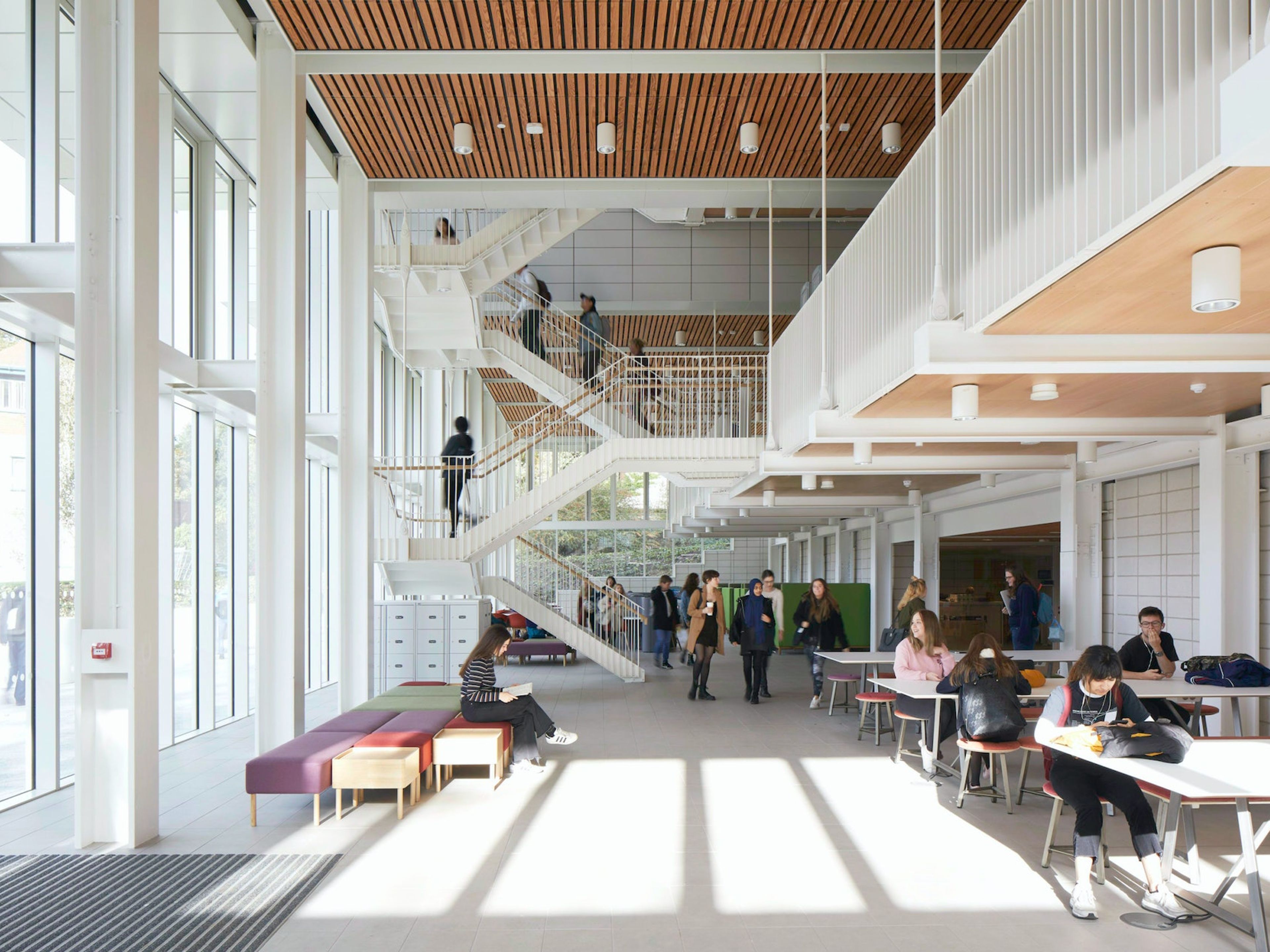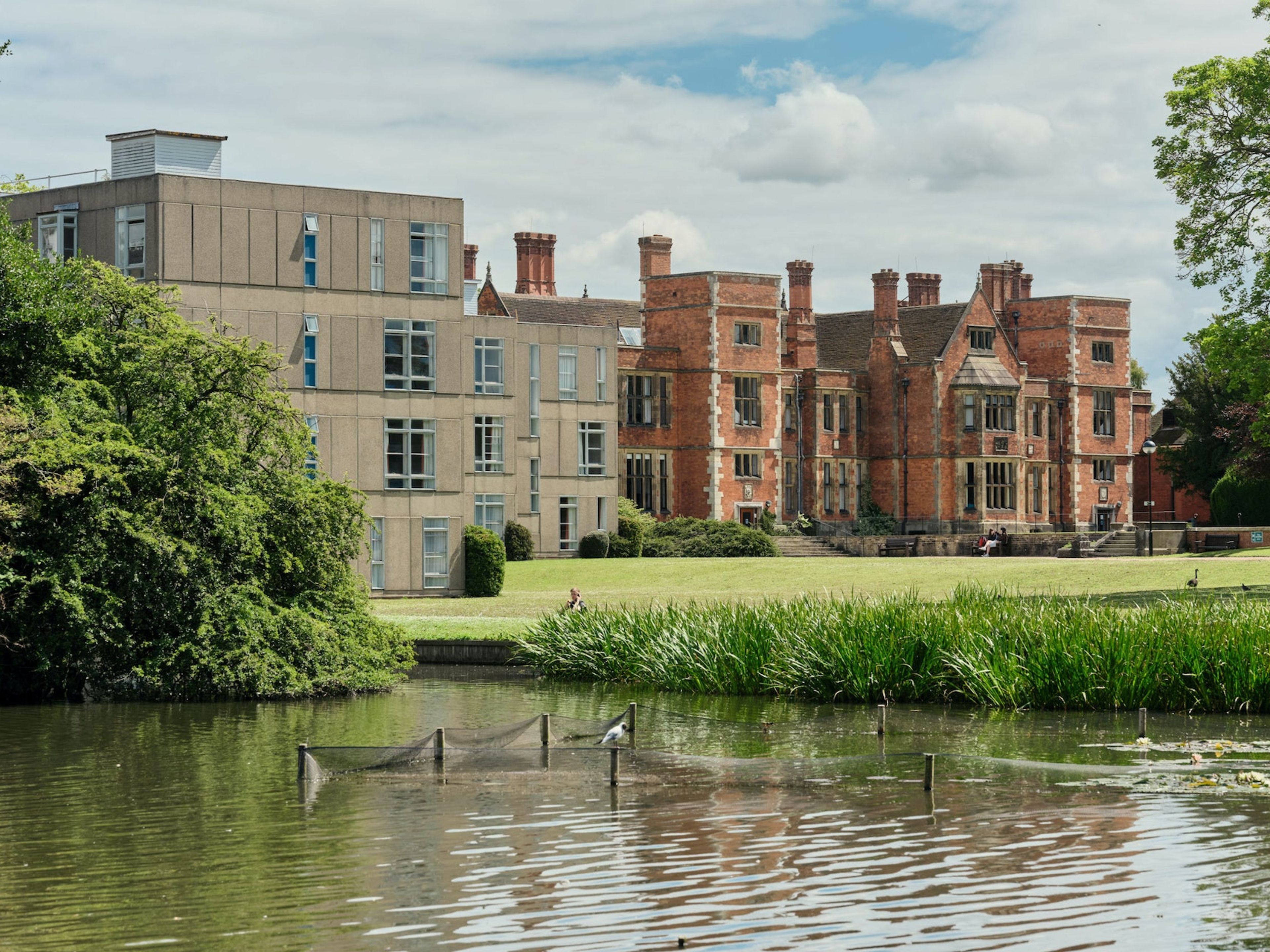Interview with Sarah O'Hara, University of Nottingham

“We think it is really important to make students a part of our development projects, and we do this by working very closely with our student body and through the student union.”
We discuss student participation in campus design, how students want to learn, and how COVID-19 will impact space requirements in the future.
Sarah O’Hara is the Pro-Vice Chancellor for Education and Student Experience at the University of Nottingham. Sarah is responsible for teaching and learning at the university, and has oversight of the broader student experience.
Jack Sallabank: How have the last couple of months been, since lockdown?
Sarah O’Hara: They have been very busy and challenging, but we were well prepared for lockdown. We have campuses in China and Malaysia, which helped us prepare, and also we started our preparation to go online in the first week of February, when there had only been a couple of cases confirmed in the UK.
We recently ran a survey to see how students had found the last few months, and they were very positive about how the remote learning set-up has worked. However, if we are still in the same situation come September, I’m not sure they will remain as positive.
JS: Will COVID have a longer-term impact on the masterplan you have been developing for the university?
SH: Yes, I think it will. We have a lot of administrative staff who are located at our King’s Meadow Campus, and over the years they have begun to feel disconnected from the university. Pre-COVID we were designing how we would bring them onto the campus, but already COVID has changed that thinking. We have managed to work quite well from home, so do we need all our staff located at the university?
I suspect the next year or so will teach us a lot about what we need and what we don’t need in terms of our spaces.

Double-height Teaching and Learning Building in use.

Main entrance to the Teaching and Learning Building.
JS: What type of space do you think will become increasingly important?
SH: First of all, it will be interesting to see if students still want to go away to university. My gut feeling is yes, they do, but it may well be that people decide that because going to university is expensive, one thing they can save money on is the going away cost. Therefore, we will need spaces which will enable us to scale up and scale down depending on demand.
We will need collaborative work areas which have the ability to bring people together physically but also have the tech built in so that people can access the space digitally.
JS: How important will it be to engage students in decisions about the type of spaces that you develop?
SH: We think it is really important to make students a part of our development projects, and we do this by working very closely with our student body and through the student union. That said, you do run the risk that whatever is popular now for students might not be what is needed in three years’ time. Therefore, you have to challenge them with questions such as: what might this look like in three years’ time or what might happen if this happens?
It’s important for them to help shape our thinking around what a teaching space should look like in the future and how they want to be taught.

JS: How do students want to be taught?
SH: They don’t want to sit and listen. They are not interested in an academic standing at the front of a lecture theatre talking at them. They want to be far more engaged in their learning and learning from doing, as opposed to just passively listening and regurgitating it back.
Authors
Sarah O’Hara is the Pro-Vice Chancellor for Education and Student Experience at the University of Nottingham. Sarah is responsible for teaching and learning at the university, and has oversight of the broader student experience.
Publication
This article appeared in Exchange Issue No. 3, a look at how the COVID-19 pandemic has influenced the future of university design, featuring insight from chancellors, architects, students and more.
Read more

